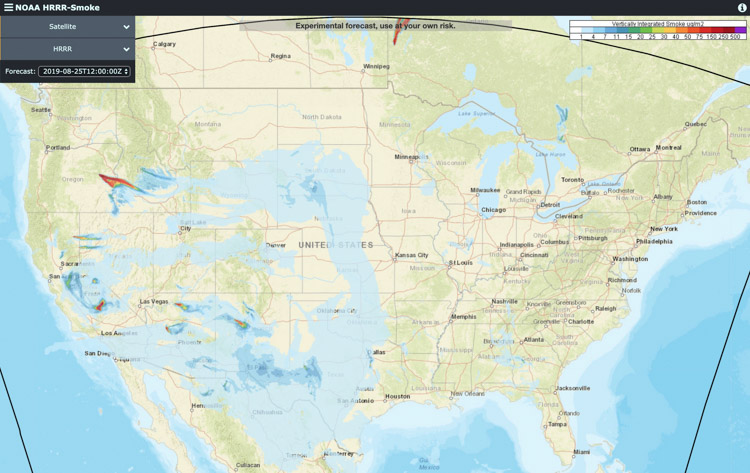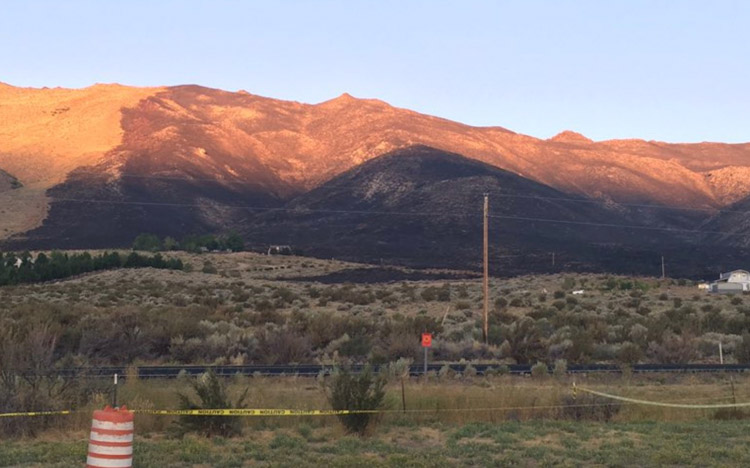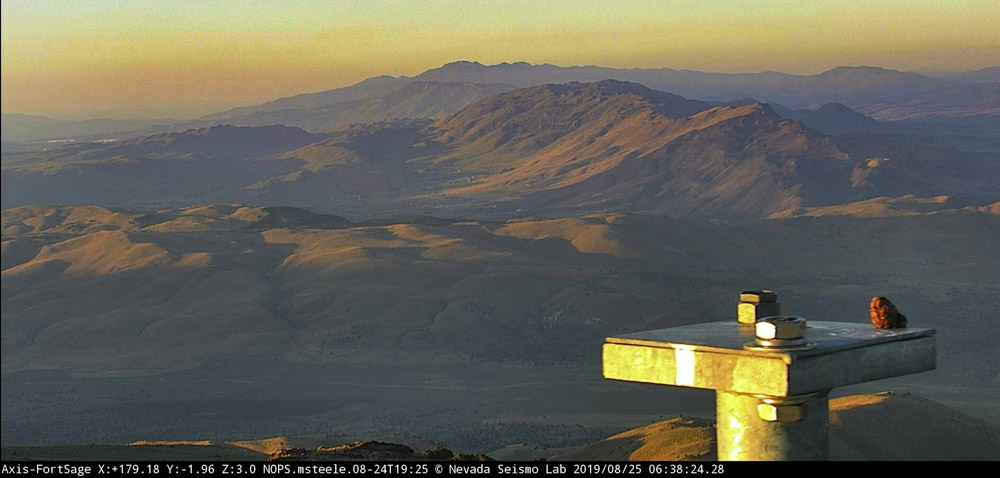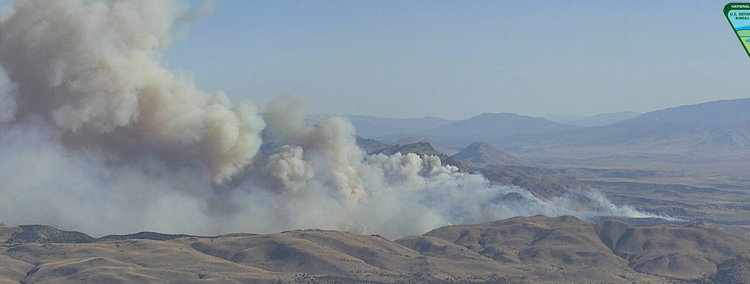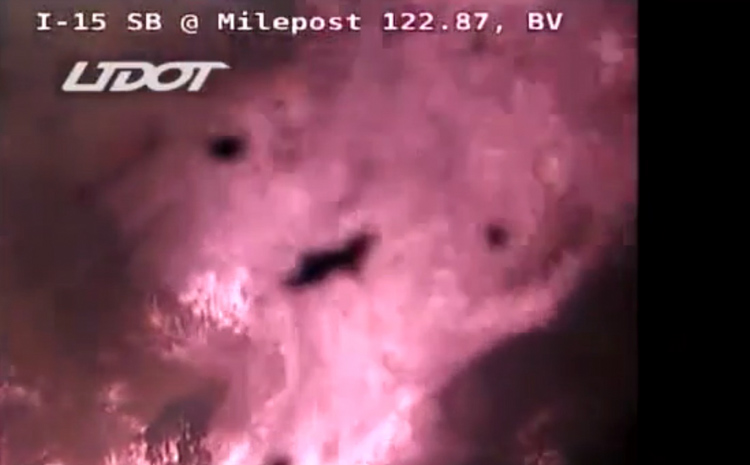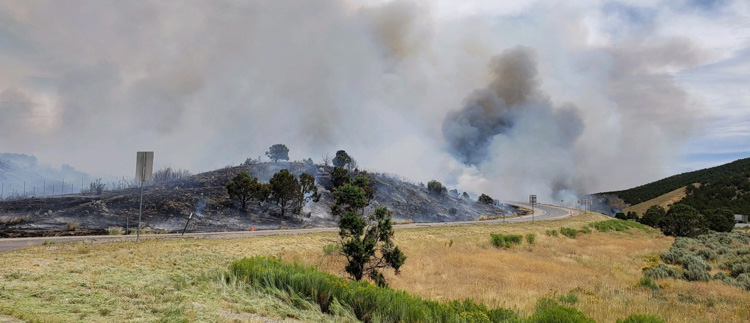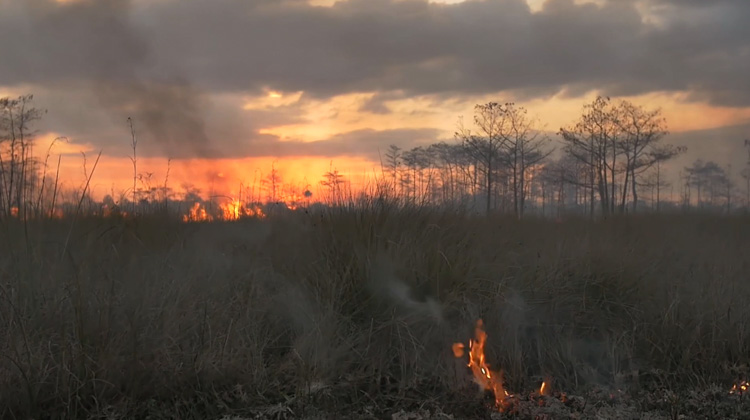
I assumed this third film in a series about prescribed fire at Big Cypress National Preserve in south Florida would be strictly that, prescribed fire. But it took an unexpected turn highlighting the unheralded and under-appreciated federal employees — firefighters — without whom there would be no fire management program in the National Park Service and several other agencies.
In the film there is no off screen narrator that drives that point, but instead there are interviews with two firefighters who obviously cherish the work they do. As a former firefighter, (is anyone ever a FORMER firefighter?) I could relate to the sentiment. They didn’t mention the money they make, which is a fraction of what they could make doing more, uh, normal work. But they conveyed the satisfaction in what they are accomplishing, both personally and for the natural resources.
“We’re here to manage the land and we have that responsibility as a human to do that.”
Megan Hurrell, Firefighter and Fire Effects Monitor at Big Cypress National Preserve
I don’t know if it was one of the producers’ objectives, but the film could serve as an effective recruitment tool.
“I went to my first fire and I knew right then. It’s kinda like when people say you meet the love of your life it was kind of like that. It was — wow! That was good work, that was hard work. I’m filthy. I feel good about myself, I’m doing something that’s right. I’m comfortable with that and I’m in awe with it.”
Jay Thatcher, Burn Boss at Big Cypress National Preserve
When I was a Fire Management Officer and Burn Boss, occasionally a high-ranking person in the agency would attend a prescribed fire that was in progress. If they were near the action they wore personal protective equipment and I often put a drip torch in their hands and let them participate in ignition, under close supervision, of course. Sometimes it was difficult to get the drip torch back. They had a different perception of prescribed fire after that experience.
Recently a mom was encouraging her eight-year old son to serve in their church as an acolyte, with part of the duties being lighting candles at the alter. She told him, “You’ll get to carry fire,” then she looked at me and smiled.
For Megan and Jay in South Florida it’s in their job description. Sometimes wildland firefighters hear, “You’ll get paid in sunsets.” Well, that, and, you’ll get to carry fire.

